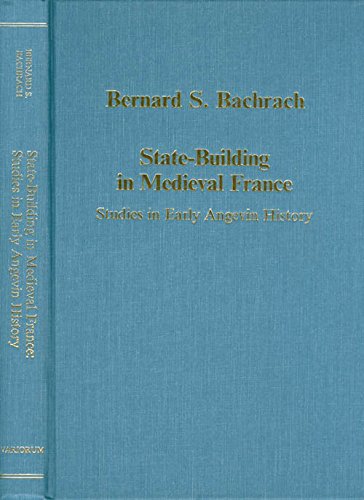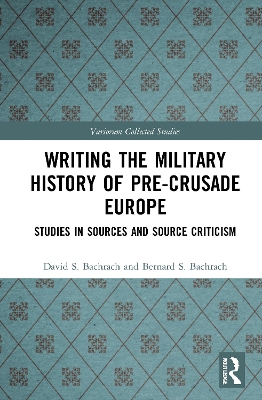Variorum Collected Studies
4 total works
CS 486
Writing the Military History of Pre-Crusade Europe
by David S. Bachrach and Bernard S Bachrach
Writing the Military History of Pre-Crusade Europe brings together fourteen articles by eminent historians David S. Bachrach and Bernard S. Bachrach.
Crucial to the writing of medieval military history is a thorough understanding of the strengths and weaknesses of the available source materials. Just as important is a broad conception of the range of sources which scholars can draw upon to ask and answer questions about the organization and conduct of war. The studies collected in this volume provide insights regarding many of the most important narrative works from pre-Crusade Europe, with a particular emphasis on the ways in which they can be used to write military history, as well as the pitfalls facing historians who read these texts transparently without regard for the authors’ various parti pris and limitations. In addition to their treatment of narrative works, several of the studies in this volume highlight the importance of treating historiographical texts within the broader range of source materials that illuminate the conduct and organization of war in pre-crusade Europe, particularly material sources developed through excavations, as well as contemporary images, most prominently the Bayeux Tapestry.
The book will appeal to scholars and students of medieval history, as well as those interested in military history. (CS1097).
Warfare and Military Organization in Pre-Crusade Europe
by Bernard S Bachrach



